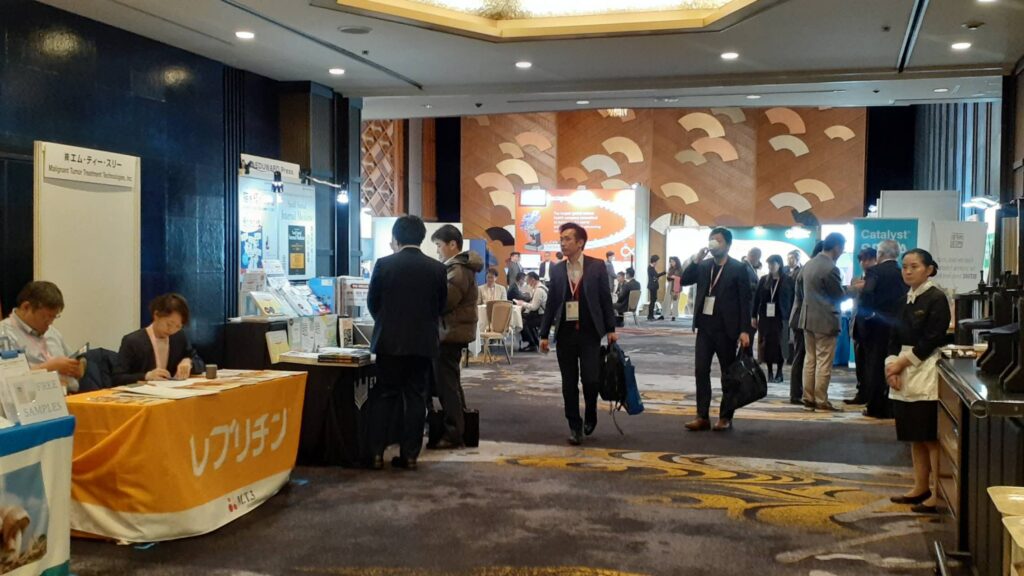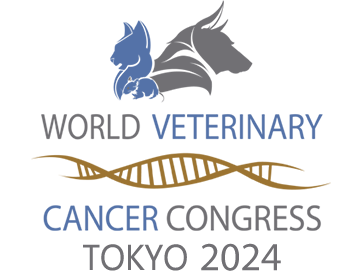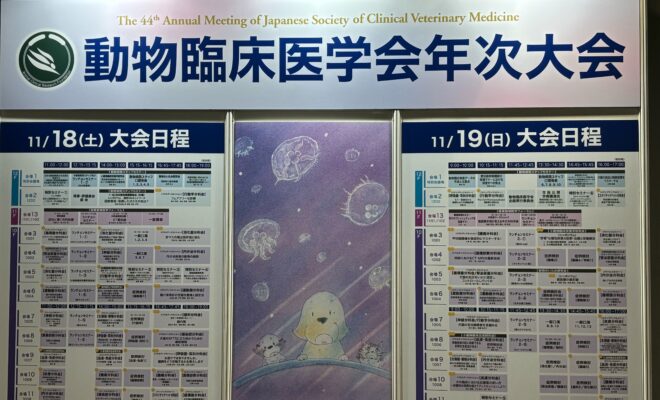World Veterinary Cancer Congress 2024
Date:21-24 March 2024
Venue: Hotel New Otani Tokyo
Organizer: The World Veterinary Cancer Congress (WVCC)
Scarecrow Inc., Japan participated in the World Veterinary Cancer Congress 2024 which is the very first time this congress. This gathering brought together global veterinary experts specializing in cancer care. The event featured insightful lectures by specialists, illuminating poster presentations showcasing global cancer research, and an exhibition highlighting cancer treatment and medical innovations.


Our presence as exhibitors aimed to forge connections with veterinarians worldwide and introduce our cancer supplements. Our products, IPET-S and Taheebo-G, offer potent anti-tumor properties and can be used independently or in conjunction with other medications for enhanced effectiveness.
IPET-S harnesses the power of NQ801 extracted from Taheebo bark, while Taheebo-G combines Taheebo bark extracts with Beta-glucan from mushrooms.
IPET-S information: October 6, 2023: The Pinfenon-S and IPET S Seminar in Vietnam
Taheebo+G information: Taheebo+G’s First Case Study Report
The congress provided a platform for participants to exchange knowledge and enhance their veterinary practices. Poster presentations covered diverse topics including cancer treatment methodologies, cutting-edge devices, and pharmaceutical advances, promising a brighter future for cancer patients.
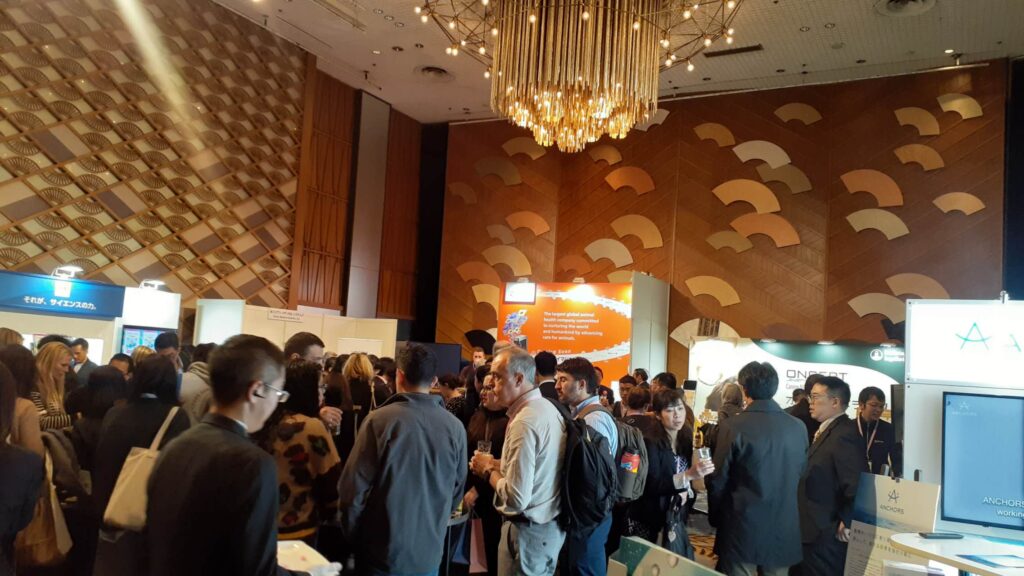
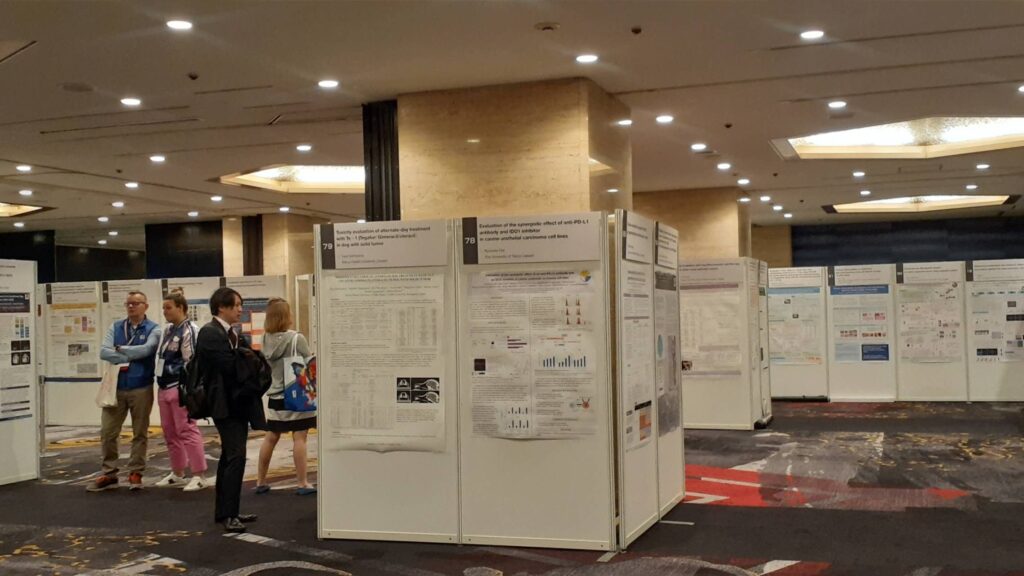
One notable study presented was “Searching for a Novel Therapeutic Agent for Canine Primary Lung Cancer using 3D Organoid Culture” by Shiota et al. This research aimed to address the challenges of canine primary lung cancer, a rare and complex condition often requiring lung lobectomy. The study identified potential therapeutic drugs to combat this ailment. 


